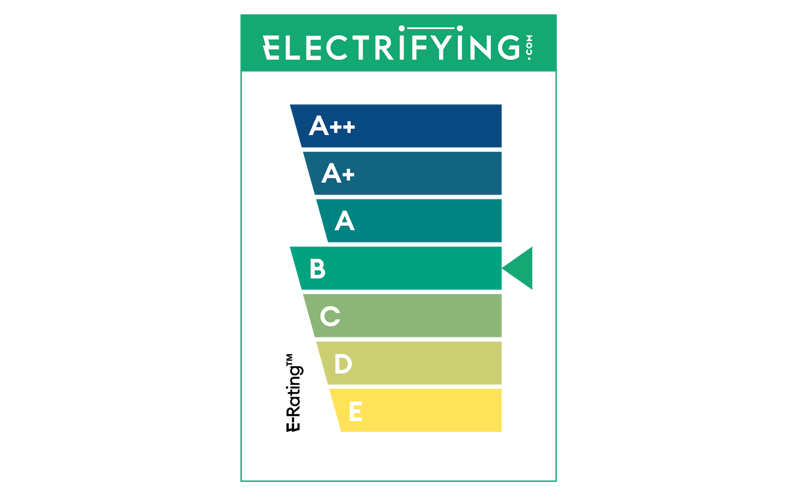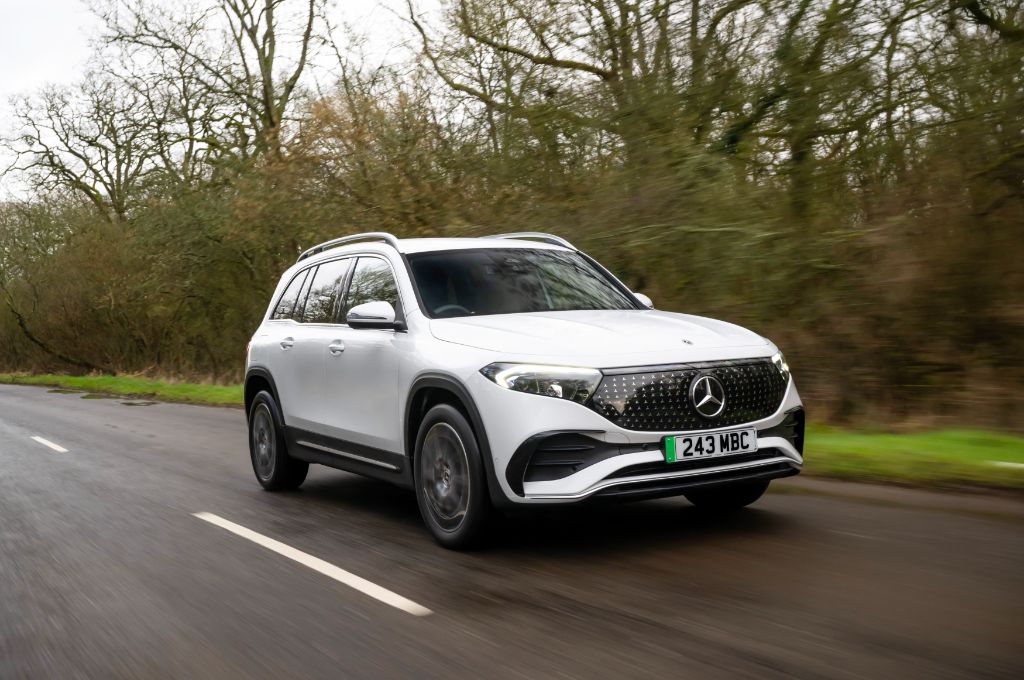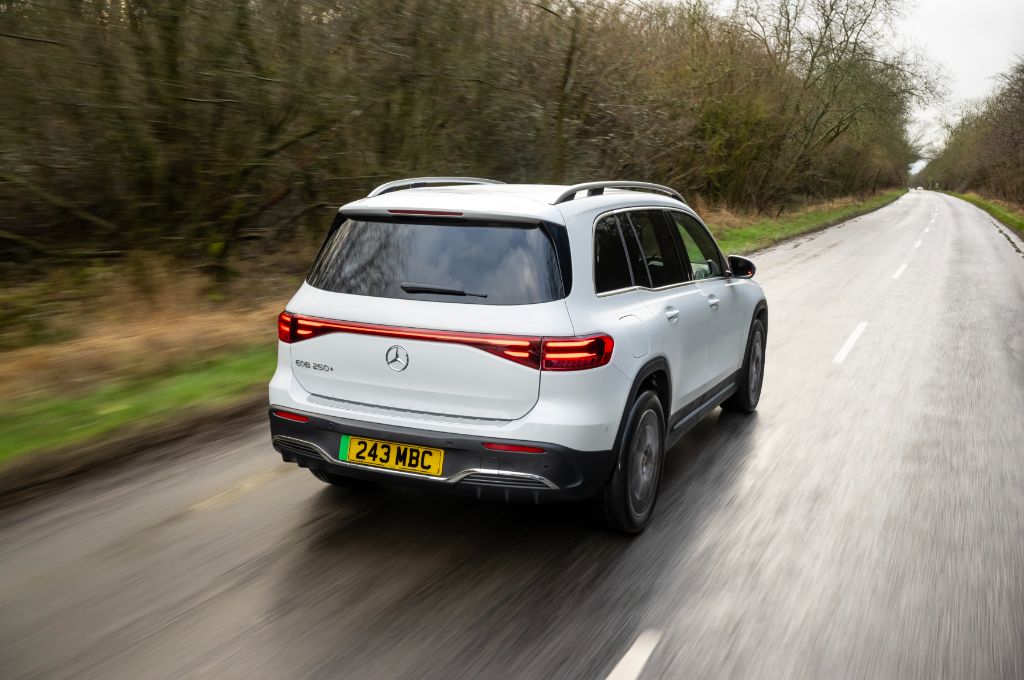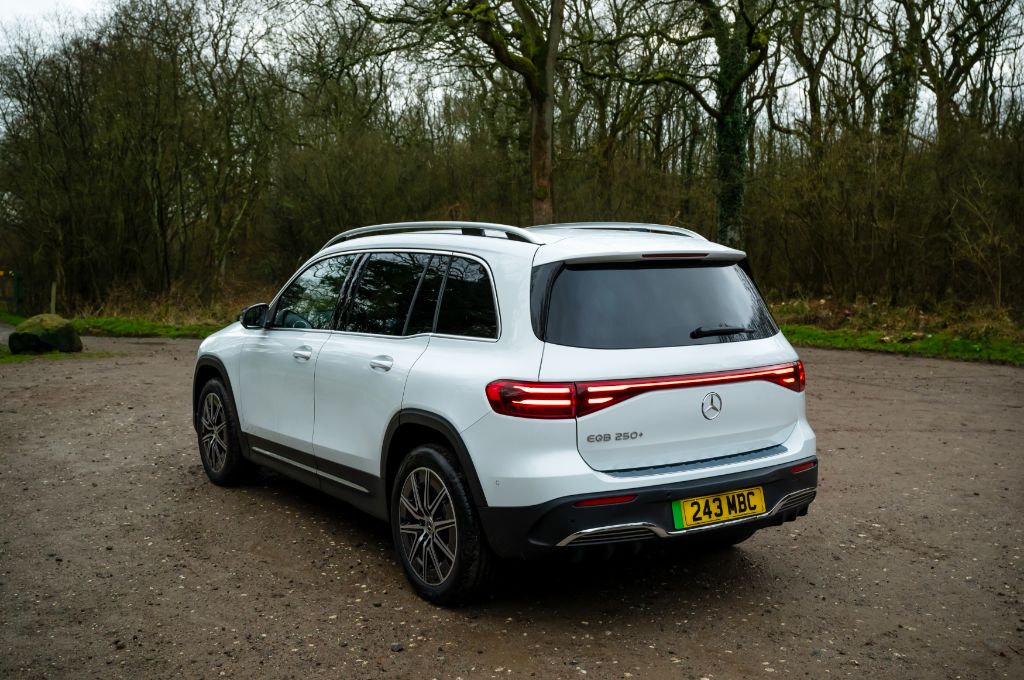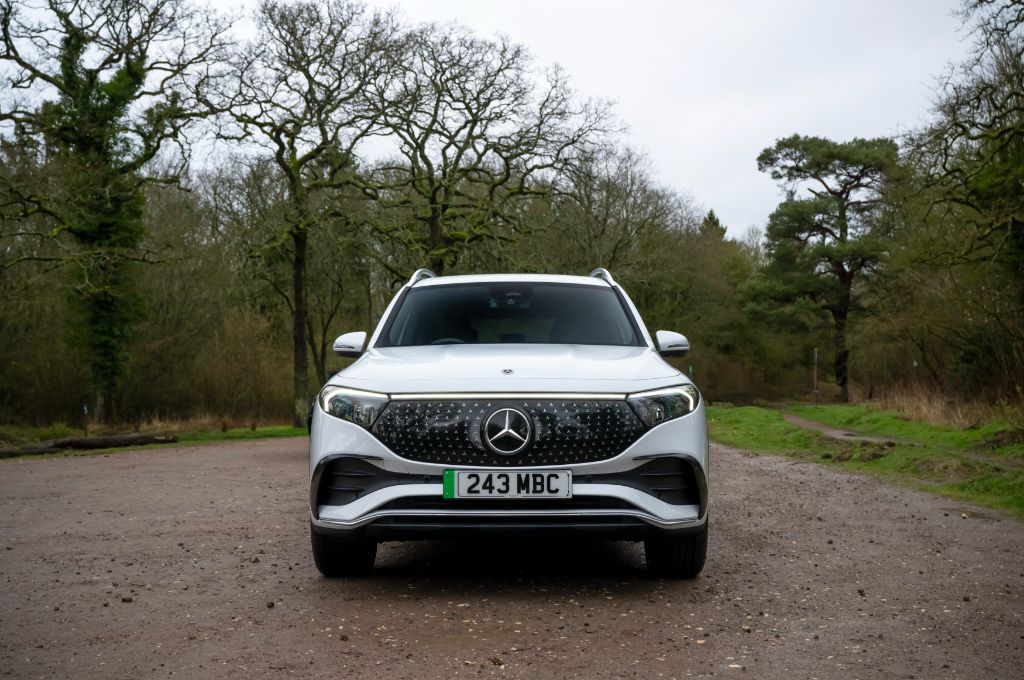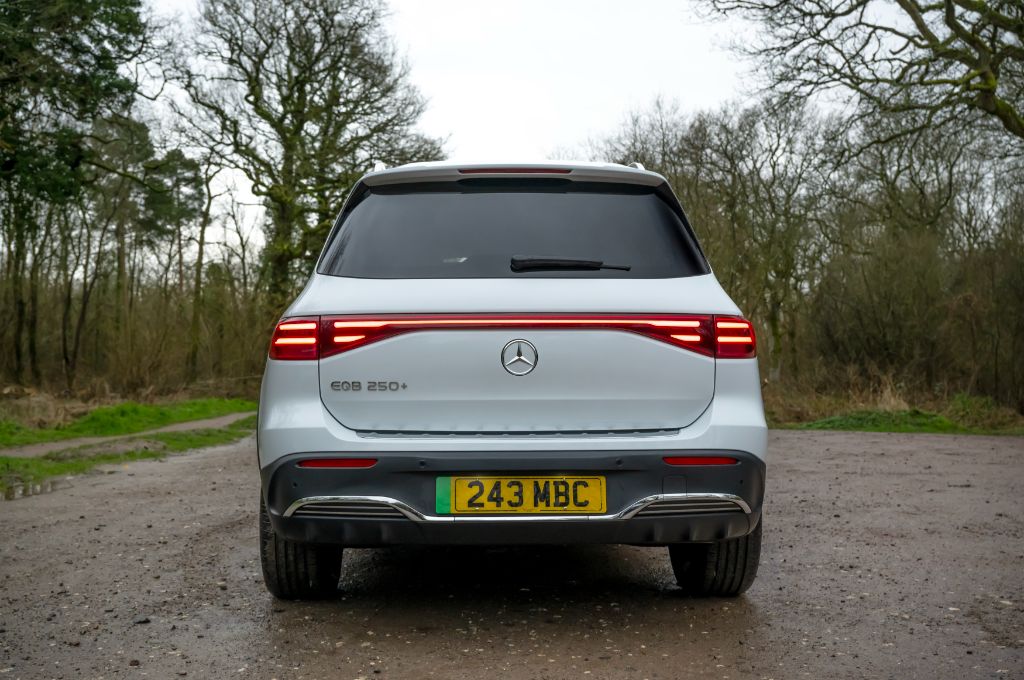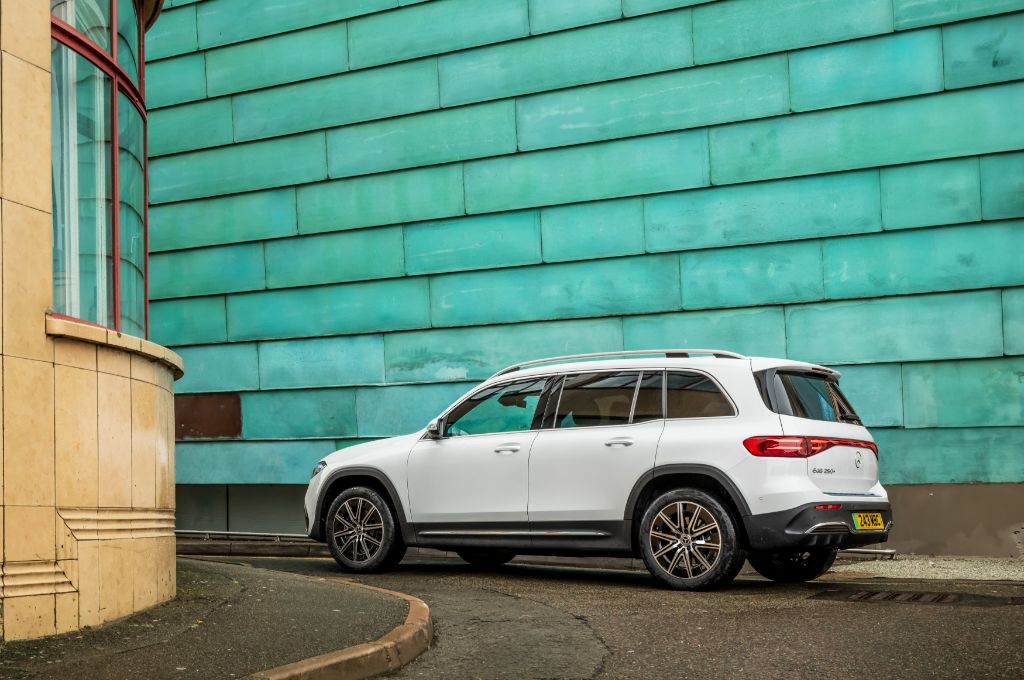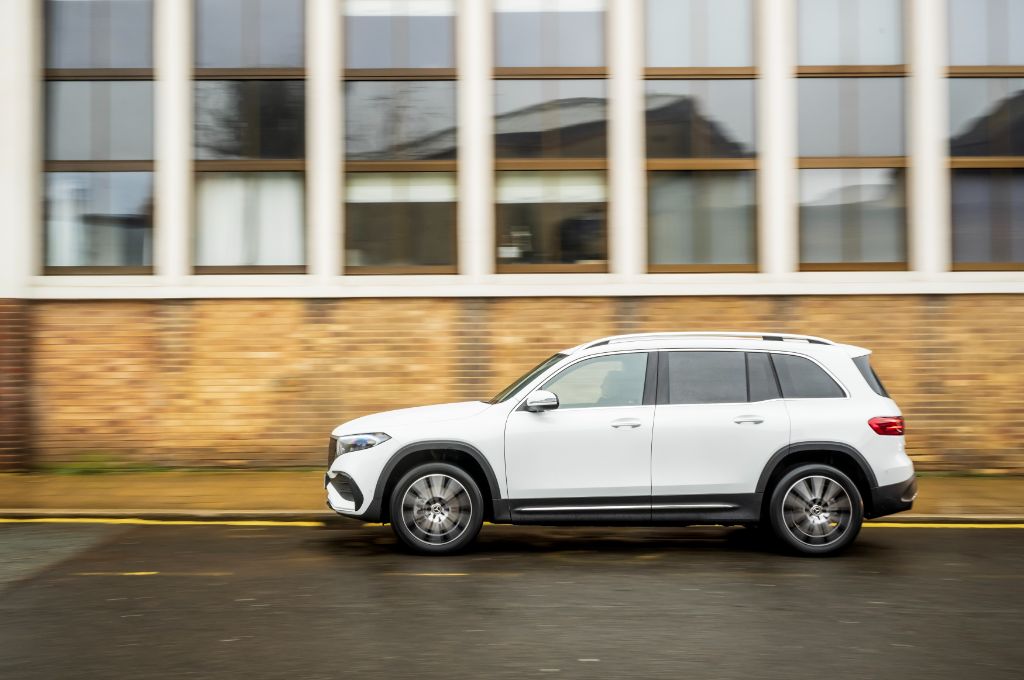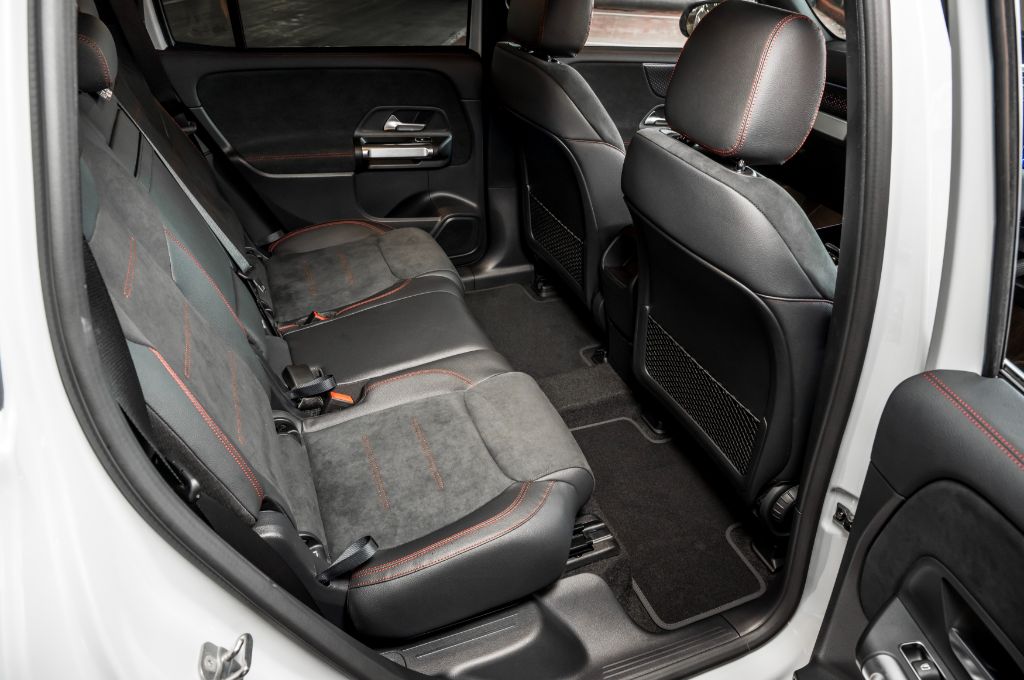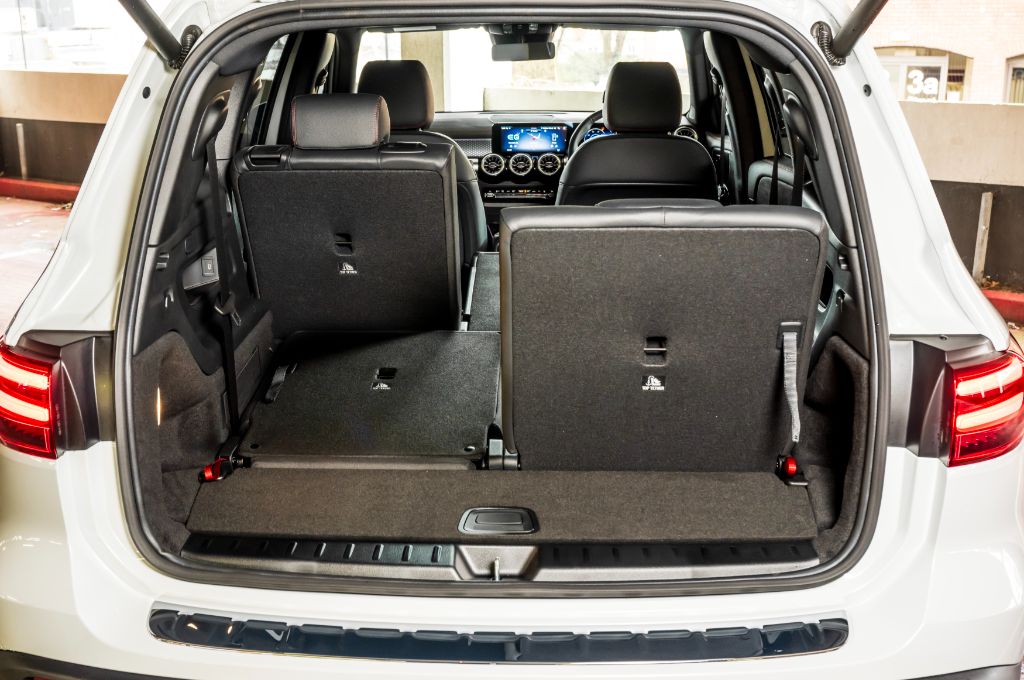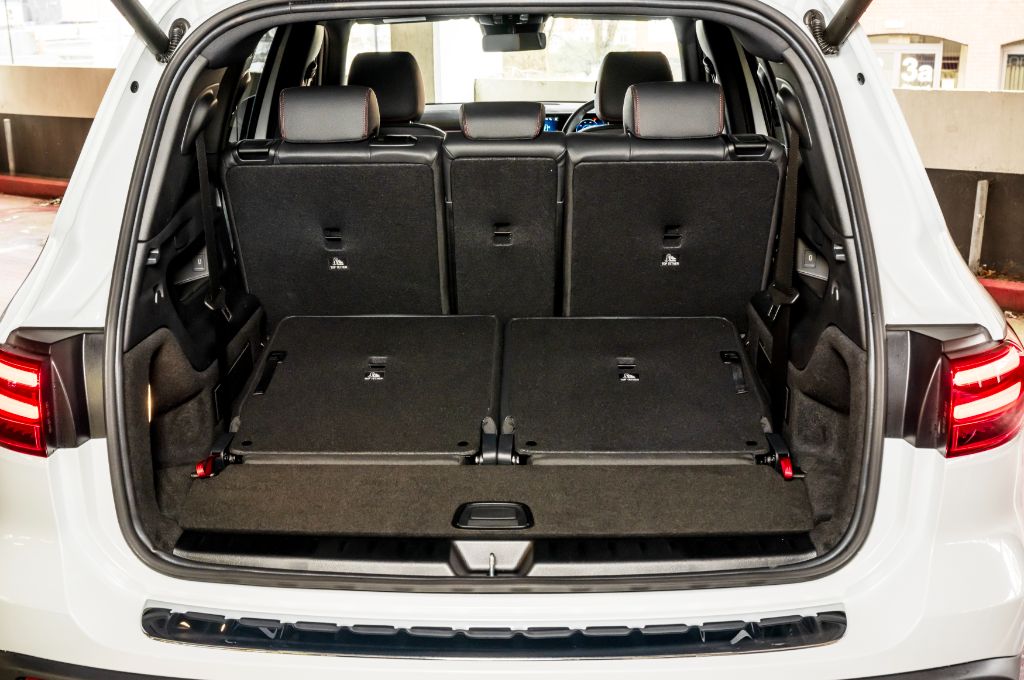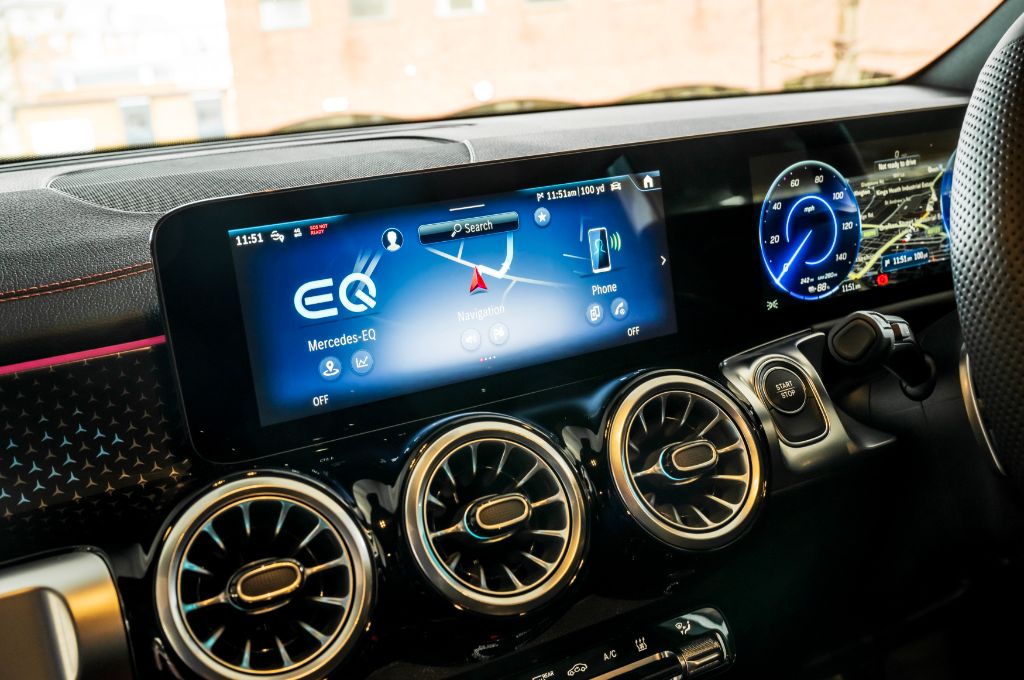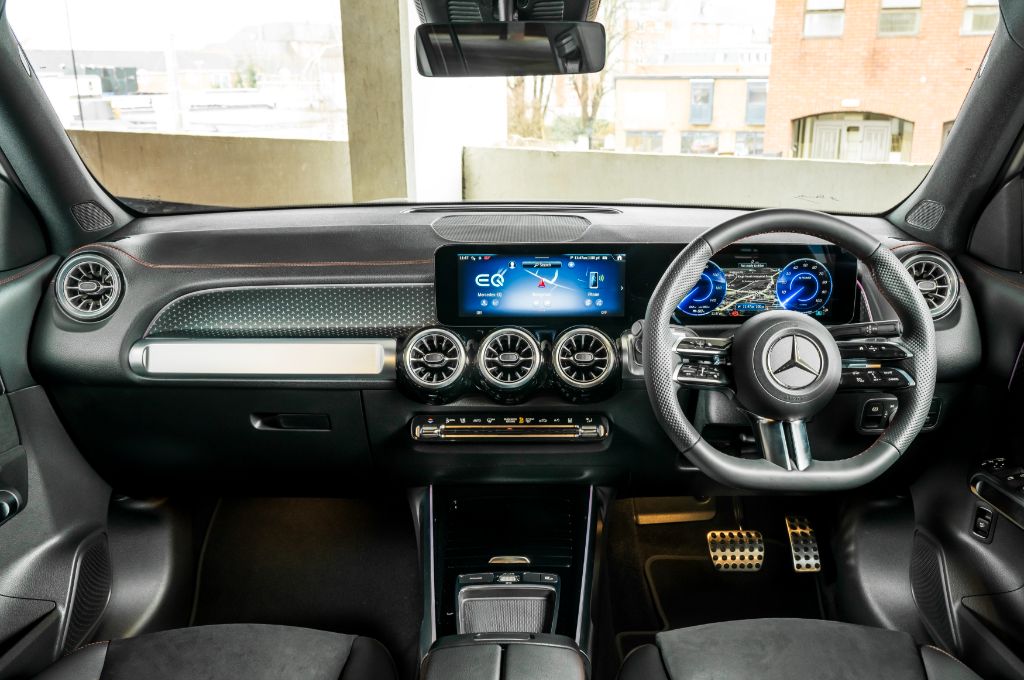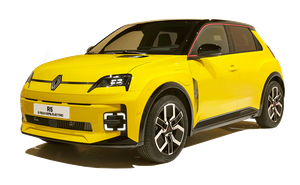Introduction
The Mercedes EQB is aimed at those buyers who want a third row of seats so that they can squeeze in seven people on the odd occasion, but that might not want a huge, full-size seven-seater like the Kia EV9. Mercedes reckons that it'll be the kind of folk who currently consider cars like the Land Rover Discovery Sport and Skoda Kodiaq that will consider the EQB for carrying their tribe - and probably their tribe's mates or their tribe's grandparents, too.
In terms of design, the EQB is unashamedly an SUV. There’s no swooping roofline, letterbox windows or shoulder-high window line trying to blur the lines between hatch and SUV here. This a boxy, tell-it-like-it-is SUV that pulls no punches.
You can pick from a 66.5 or 70.5kWh battery, but if you want the bigger batter for its WLTP range of up to 321 miles, you have to settle for a single electric motor in the front-wheel drive EQB 250+, which is also the cheapest model and our pick of the range. The smaller battery comes with dual motors for four-wheel drive, usefully more power and a shorter range in between charges of up to 255 miles. Charging speeds of up to 100kW are okay, and will get you an 80% charge in 30 minutes, but it's a way off the charging speeds that you get in five-seat rivals from Tesla, Volkswagen, Kia and Hyundai.
The EQB is based on an internal combustion engine model – in this case the GLB – albeit with a different nose to give it some visual differentiation, and it also shares a platform, dash design and trim lineup with the stubbier, five-seat only Mercedes EQA. To our eyes, we rather like the upright stance and neat proportions of the EQB - more so than the blobbier styling of the EQA, although fans of more modern, angular looks may prefer alternatives like the BMW iX1, or even high end version of the Skoda Enyaq - albeit neither of these electric SUVs can be specced with seven seats. The closest rival on that front is the vastly bigger, more expensive and more brazenly-styled Kia EV9.
Size-wise, the EQB measures 4,687mm long, which is about 10cm longer than a Volkswagen ID.4 but fractionally narrower. However, because the EQB is based on a conventional piston-engined car, it comes with the same packaging compromises. A big engine bay means that valuable front space is lost while the requirement for a transmission and exhaust tunnel in the petrol GLB means that there's a raised tunnel in the floor of the EQB. For that reason, cars like the Enyaq, ID.4 and Tesla Model Y feel much more spacious.
None of the Merc EQB models can be described as particularly engaging to drive but even the lower powered EQA 250+ has good mid-range pulling power, and every EQB is confident and satisfying whether you're winding through town or on the motorway. It's not the softest-riding electric SUV, but it's more than comfortable enough if you avoid the big wheels on high-spec variants.
Pricing is reasonable, given the equipment, practicality and badge kudos that the Mercedes EQB offers. Rivals like the roomier, faster charging and much quicker Tesla Model Y can make the EQB look very pricey, but take into account the practicality, equipment, badge kudos and classy-feeling interior, and the EQB doesn't leave you feeling shortchanged.
Verdict
If the EQB were a five seater, it would be hard to justify among its many and varied rivals. After all, if you only need five seats, plenty of other electric family SUVs are cheaper, roomier and charge faster. However, that pop-up third row of seats really sets the seven-seat EQB apart and adds a whole other level of usefulness for many family motorists. If you need that additional people-carrying capacity but want an electric car that doesn't look like a van and isn't huge and very pricey, the EQB isn't just your only option at the moment - it's a very good one, at that.





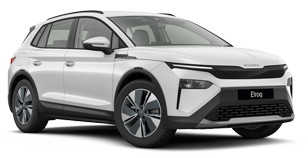


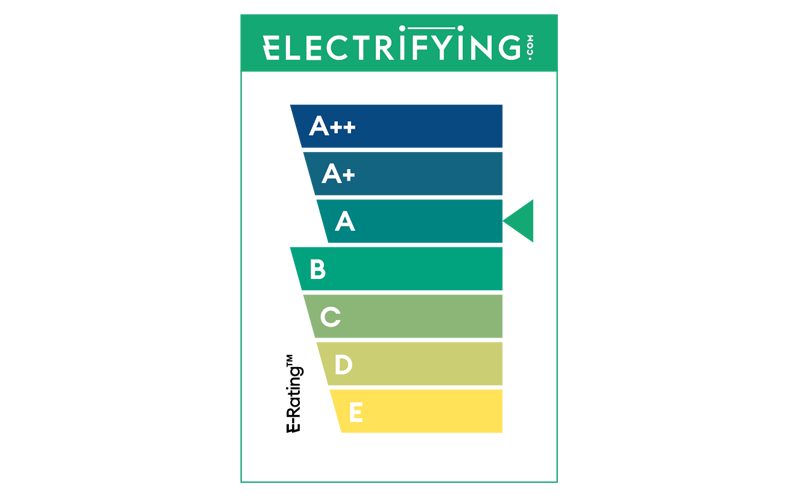 E-Rating™: A
E-Rating™: A
